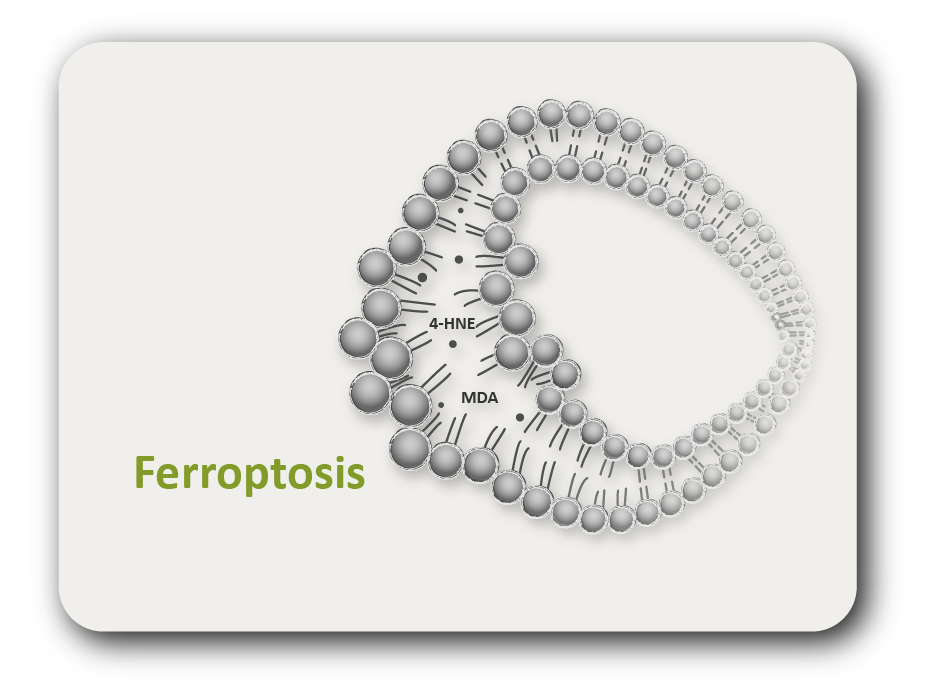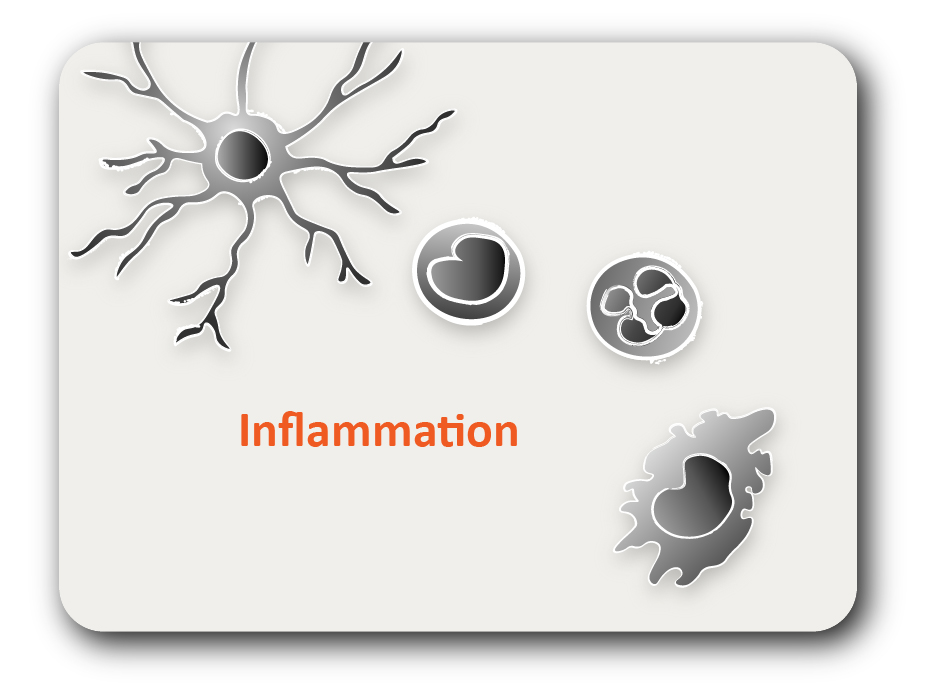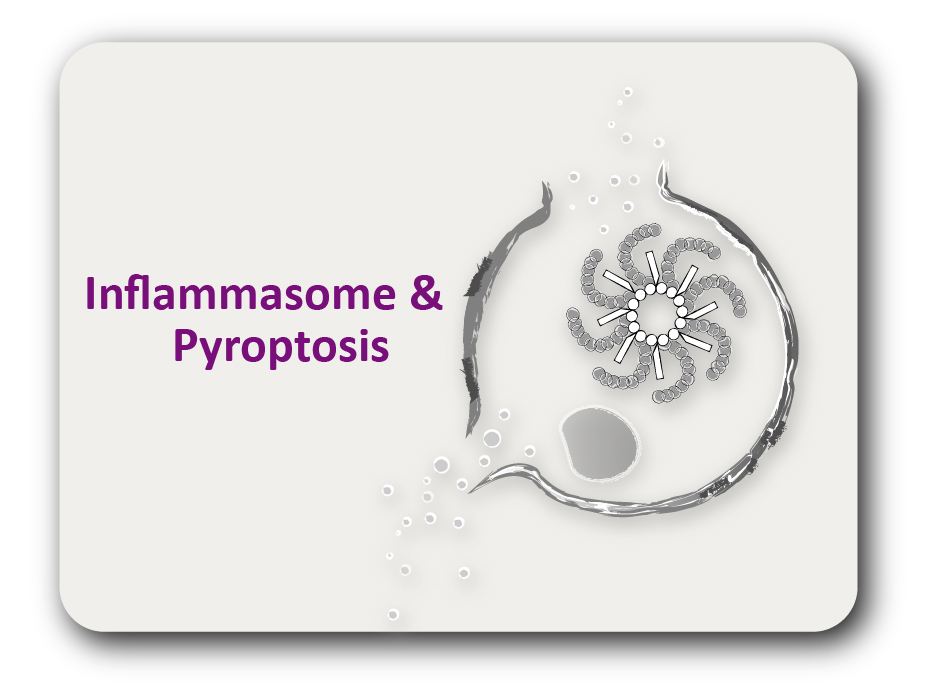ARG70552
Mouse RNF43 recombinant protein (Fc-tagged)
Mouse RNF43 recombinant protein (Fc-tagged) for SDS-PAGE
Overview
| Product Description | CHO expressed, Fc-tagged Mouse RNF43 recombinant protein |
|---|---|
| Tested Application | SDS-PAGE |
| Target Name | RNF43 |
| A.A. Sequence | Gly24 - Tyr197 |
| Expression System | CHO |
| Alternate Names | RNF43; Ring Finger Protein 43; RNF124; URCC; RING-Type E3 Ubiquitin Transferase RNF43; E3 Ubiquitin-Protein Ligase RNF43; DKFZp781H0392; FLJ20315; RING Finger Protein 43; EC 2.3.2.27; SSPCS |
Properties
| Form | Powder |
|---|---|
| Purification Note | Endotoxin level is less than 0.1 EU/µg of the protein, as determined by the LAL test. |
| Purity | > 95% (by SDS-PAGE) |
| Buffer | PBS (pH 7.4) |
| Reconstitution | It is recommended to reconstitute the lyophilized protein in sterile water to a concentration not less than 200 μg/ml and incubate the stock solution for at least 20 min at room temperature to make sure the protein is dissolved completely. |
| Storage Instruction | For long term, lyophilized protein should be stored at -20°C or -80°C. After reconstitution, aliquot and store at -20°C or -80°C for up to one month. Storage in frost free freezers is not recommended. Avoid repeated freeze/thaw cycles. Suggest spin the vial prior to opening. |
| Note | For laboratory research only, not for drug, diagnostic or other use. |
Bioinformation
| Gene Symbol | RNF43 |
|---|---|
| Gene Full Name | Ring Finger Protein 43 |
| Background | The protein encoded by this gene is a RING-type E3 ubiquitin ligase and is predicted to contain a transmembrane domain, a protease-associated domain, an ectodomain, and a cytoplasmic RING domain. This protein is thought to negatively regulate Wnt signaling, and expression of this gene results in an increase in ubiquitination of frizzled receptors, an alteration in their subcellular distribution, resulting in reduced surface levels of these receptors. Mutations in this gene have been reported in multiple tumor cells, including colorectal and endometrial cancers. Alternative splicing results in multiple transcript variants encoding different isoforms. [provided by RefSeq, Mar 2015] |
| Function | Along with RSPO2 and ZNRF3, constitutes a master switch that governs limb specification. [Uniprot] |





